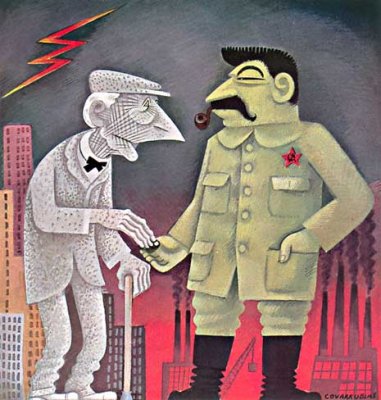- Messages
- 16,857
- Location
- New York City
There is a debate on another forum as to whether or not penny loafers had pennies in them so that drunk college kids (who first popularized the penny loafer) could make a call to a friend when out drunk and stranded. Where phone calls ever only 2 cents? If not, does any know the true origin of putting pennies in penny loafers. Once again, my money is on LizzieMaine knocking this one out of the park.
